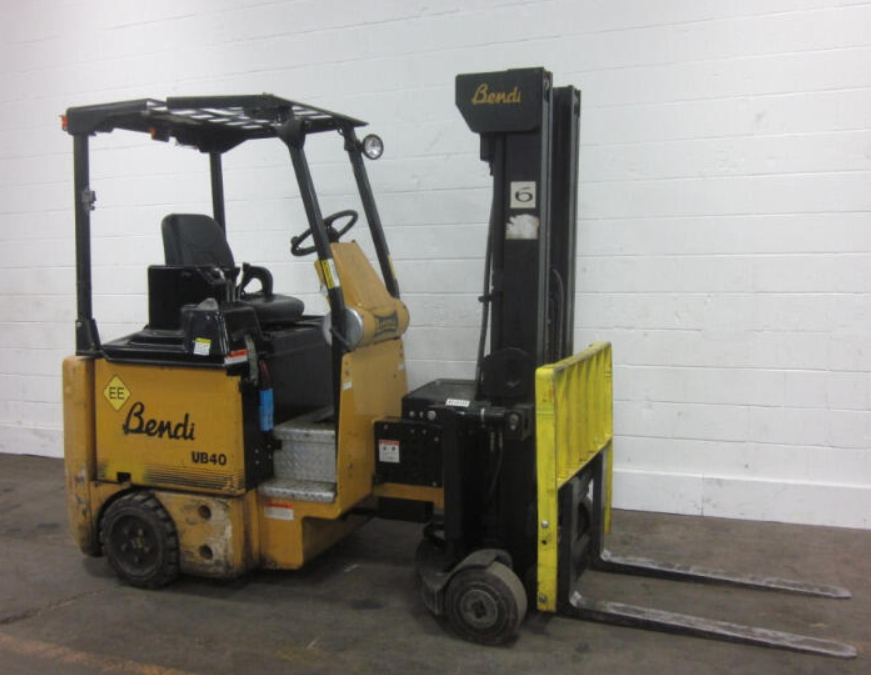
Choosing the right material handling equipment is crucial for the efficiency and safety of your facility. With the right tools, you can move, store, and manage goods more effectively. This saves time, reduces labor costs, and minimizes workplace injuries. Start by identifying the specific requirements of your facility. Do you handle heavy, bulky items or smaller, lightweight products? Understanding what you need to move helps you select the appropriate machinery. Consider how frequently the equipment will be used—frequent use may justify more durable or higher-end options. Ensure the equipment you choose can handle your heaviest items. Exceeding a machine’s rated capacity is a safety risk and can cause mechanical failure. Always choose equipment with a load capacity that exceeds your needs to avoid costly breakdowns or hazards. Measure the work area where the equipment will be used. If space is limited, look for compact models. Plan your layout to ensure there is enough room for maneuverability. This helps avoid congestion and ensures efficient, safe operation. Conveyors are ideal for transporting items over distances within a facility. Available in straight, curved, or spiral designs, they are commonly used for moving boxes, bags, and bulk materials. They increase efficiency by reducing manual labor and speeding up production lines. Forklifts are versatile and powerful tools for lifting and moving pallets, boxes, and equipment. They come in various sizes and fuel types, including electric, diesel, and propane. Forklifts are a staple in warehouses and loading docks for indoor and outdoor use. Perfect for quick, short-distance moves, pallet jacks and trucks are a cost-effective choice for light to moderate lifting. Manual options are more affordable but require physical effort, while electric models provide increased power and ease of use in tight spaces. Choose equipment made with high-quality materials and strong construction. Heavy-duty equipment should endure daily use without breaking down. Durable machines reduce the need for frequent repairs and provide a higher return on investment. Simple, user-friendly equipment reduces operator error and training time. Look for ergonomic controls, clear instructions, and intuitive design. The easier the machine is to operate, the safer and more productive your team will be. Choose machines that are easy to service. Look for models with accessible components and readily available replacement parts. Low-maintenance equipment saves time and money, and ensures your operations run smoothly with minimal downtime. Research manufacturers and models to compare durability, price, and performance. Some brands are known for reliability, while others may offer advanced features. Read reviews, compare specifications, and choose the model that fits your needs best. Warranties offer protection against equipment failures. Check warranty coverage and customer service availability. At Allset Machinery, we offer a 30-day return privilege on all equipment—return freight pre-paid for a full refund if you're not satisfied. Don’t just focus on the purchase price—consider the total cost of ownership. Factor in maintenance, repair, and energy use. High-quality used equipment can offer excellent value, especially when purchased from a trusted dealer like Allset Machinery. Choosing the right material handling equipment takes thoughtful planning. Start by understanding your load requirements, space limitations, and facility workflow. Explore equipment types—conveyors, forklifts, and pallet jacks—based on what your operations require. Durability, ease of use, and low maintenance should drive your decision. Compare brands, check warranty details, and invest for long-term value. Allset Machinery is here to help you find reliable, used material handling equipment that improves productivity and safety. Contact us today to explore your options and upgrade your facility with confidence.Introduction
Assessing Your Facility's Needs
Identifying Specific Requirements
Understanding Load Capacities
Evaluating Space Constraints
Types of Material Handling Equipment
Conveyors and Conveyor Systems
Lift Trucks and Forklifts
Pallet Jacks and Pallet Trucks
Key Features to Consider
Durability and Build Quality
Ease of Operation
Maintenance Requirements
Making an Informed Purchase
Comparing Brands and Models
Checking for Warranties and Support
Budgeting for Long-Term Value
Conclusion